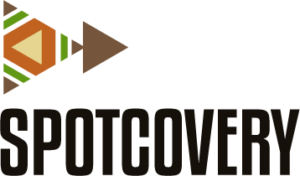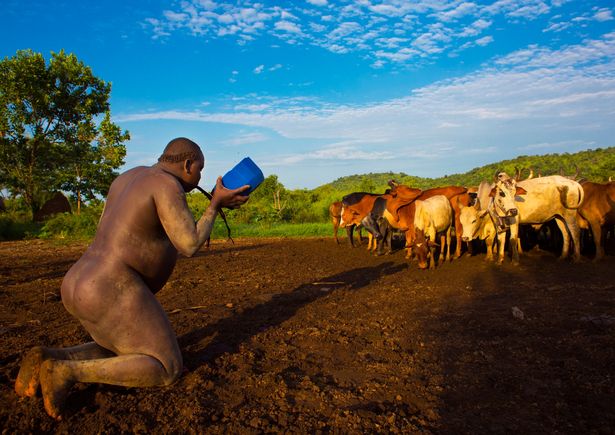If you’re looking for a vacation unlike anything you’ve ever experienced, look no further than Africa. This vast continent has plenty of beautiful sights to see, including not just wildlife, and deserts but lakes. From Lake Victoria to Lake Rukwa, here are some of Africa’s largest lakes you should experience.
If you’ve already enjoyed safaris in Africa, experience other things to do in Zanzibar, Tanzania, other than safari.
Become an insider. Subscribe to our newsletter for more top trending stories like this!
12 Largest Lakes in Africa
Lake Victoria, Kenya, Tanzania, Uganda
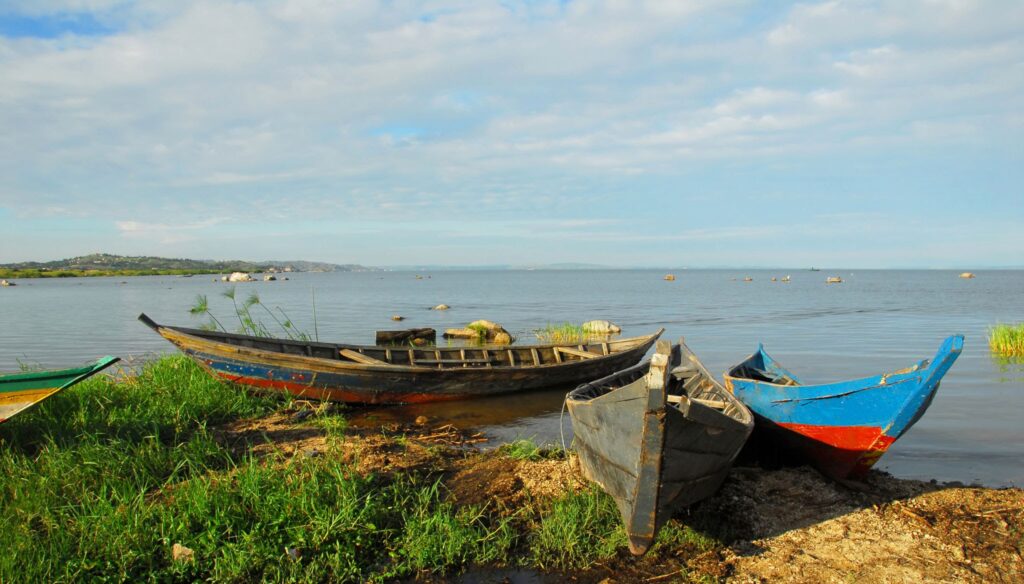
Lake Victoria, one of the Great Lakes of Africa, is the largest lake in Africa and the second-largest freshwater lake in the world. It is located between Kenya, Tanzania, and Uganda, covering 68,800 square kilometers (26,600 sq mi).
It is also known as Victoria Nyanza or Victoria Nile after its source river, the Nile, which flows from Lake Victoria to Sudan. The lake was named after Queen Victoria of England by David Livingstone during his 1859 expedition to explore central Africa. He named it after her because he thought that she would be interested in such an important discovery.
The Great Rift Valley runs through most of East Africa, including this great lake, making it one of its key features, along with its location on the equator line dividing the north and south hemispheres, which makes it a perfect place for migratory birds and animals alike.
Lake Tanganyika, Burundi, the Democratic Republic of the Congo, Tanzania, and Zambia
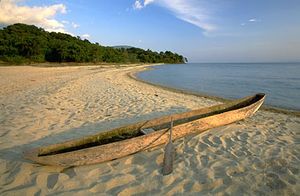
Lake Tanganyika is the second-largest lake in Africa, crossing four countries. It’s also the second-deepest lake in the world (after Lake Baikal in Russia), with a maximum depth of 5,890 feet (1,793 meters). The second-deepest lake measures 1,136 mi. This makes it the longest freshwater lake in the world.
Lake Tanganyika is also important for its aquatic life. Both African cichlids and Moringa oleifera trees grow here, as does an incredibly diverse array of fish species.
Lake Kariba, Zimbabwe, Zambia
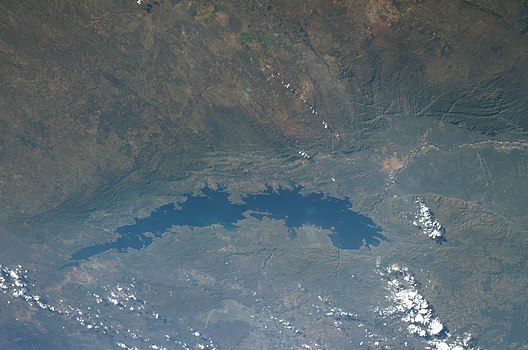
Lake Kariba is the largest artificial lake in the world, and it’s located between Zambia and Zimbabwe. It was created by a dam built across the Zambezi River by British colonial authorities to generate hydroelectric power for mining operations on its banks. The massive reservoir has a length of 83 km, a width of 14 km, and an area of 1,958 km².
The lake has become a popular tourist attraction, with many activities such as canoeing, jet skiing, fishing, scuba diving, and bird watching offered at resorts along its shoreline.
Lake Malawi, Mozambique, Tanzania
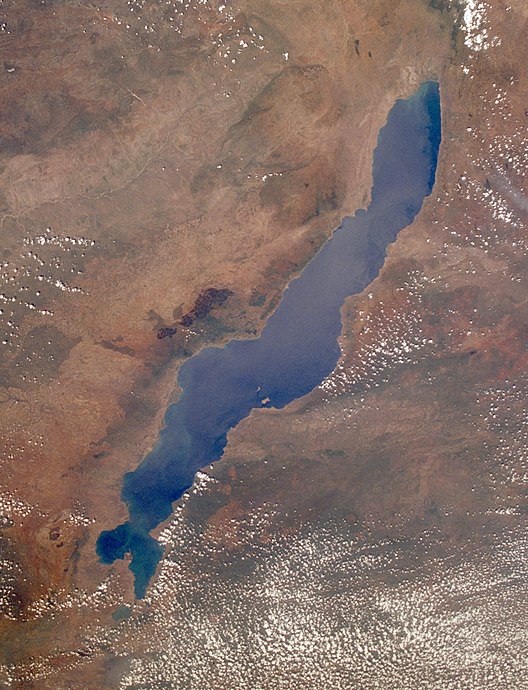
Lake Malawi is located in the Great Rift Valley, on the border of Malawi and Mozambique. It’s the largest lake in Africa and the second largest by volume, the third deepest in the world, the third largest by surface area, the third largest by volume, and the fourth most biodiverse lake in the world.
Join our Spotcovery Global Black Community Facebook Group for early access to exclusive content and to share in a lively discussion.
Lake Albert, Uganda, Democratic Republic of the Congo
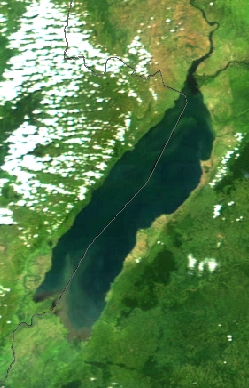
Lake Albert is the second-largest lake in Africa, after Lake Victoria. It is located on the border between Uganda and the Democratic Republic of Congo.
The lake was formed when a volcano erupted and then collapsed, leaving behind a crater about 40 kilometers wide that filled with water to form Lake Albert. When you visit this part of Africa, you can enjoy swimming at beaches around the edges of this lake as well as hiking through the wetlands and forests that surround it.
Lake Turkana, Kenya
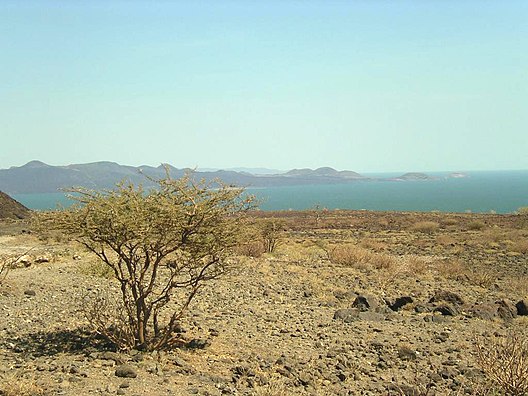
Lake Turkana ranks as the world’s largest desert lake and the second-largest salt lake. It is also a major source of water for the Nile River. It covers about 3,700 square miles (9,520 square kilometers), making it roughly half the size of Rhode Island or Wales. It’s a habitat for fish species and some land animals including hippos and crocodiles.
Roughly one-third of its surface is in Kenya, with another one-third spanning across Ethiopia and Somalia—a portion that has been disputed by these three countries over recent years because it contains valuable minerals, including gold, copper, and oil reserves.
The lake was formed by volcanic activity millions of years ago when lava from Mount Kulal blocked off part of an existing river system from flowing into what was then a much smaller body of fresh water known as Lake Rudolf—the precursor to our modern-day Lake Turkana.
The lava eventually solidified over time into the rock formations we see today on land where there used to be water; this process left behind pockets where salt deposits had built up over time within these rocks during periods when evaporation rates were higher than normal due to extremely high temperatures caused by volcanism nearby (i.e., heat coming off those lava flows).
Become an insider. Subscribe to our newsletter for more top trending stories like this!
Lake Assal, Djibouti
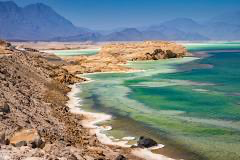
If you’re looking for the world’s lowest lake, the second least salty lake, the second largest lake, or even the largest lake in Africa (or the fourth largest on Earth), you have found it!
In Djibouti, there is a wonderful place called Lake Assal. It was created by volcanic activity and has no natural outlets except evaporation, so it can only drain into underground aquifers. The water here is very salty and warm, with temperatures as high as 55 °C (131 °F).
Lake Mweru, Zambia, Democratic Republic of the Congo
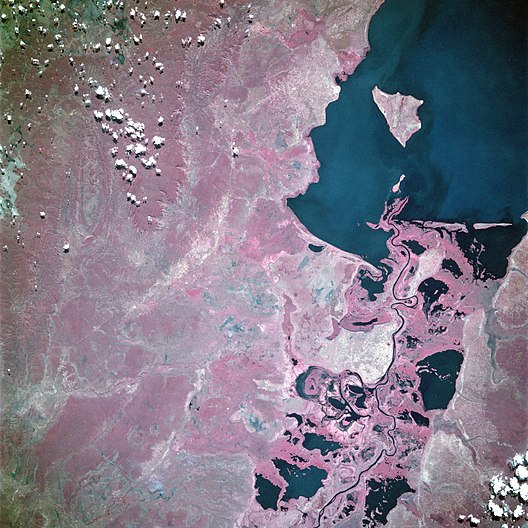
Lake Mweru is a lake in the African Great Lakes region, lying in the northwestern corner of Zambia and the southeastern corner of the Democratic Republic of the Congo. It lies between Lake Tanganyika and Lake Bangweulu on the western side of Lake Bangweulu and is 150 kilometers long and 40 kilometers wide at its widest point.
The Lualaba River flows into it from Katanga Province in the DRC via the river Lubilashwa, which rises at an altitude of 2,800 meters above sea level near Lubila in Katanga province. The lake was named after Chief Mwero, who lived along its shores.
Lake Kivu, Rwanda, Democratic Republic of the Congo
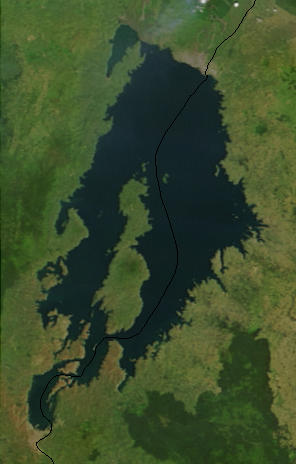
Lake Kivu is the second-largest lake in Africa, covering an area of about 860 square miles. The depth of Lake Kivu fluctuates from 25 meters to 1,000 meters. It’s home to over 100 species of fish and provides drinking water for millions of people. Because it is also a source of hydroelectric power, it has been a long-standing source of conflict between Rwanda and the Democratic Republic of the Congo (DRC).
Lake Chad, Chad, Cameroon, Nigeria, Niger
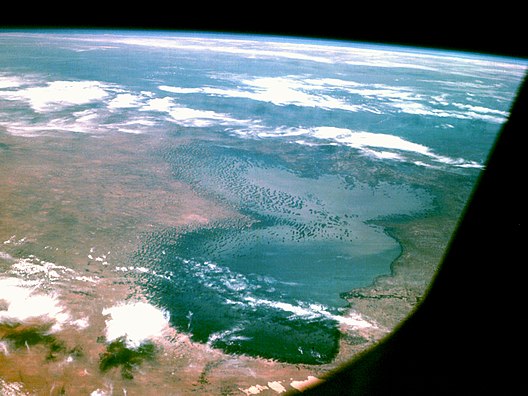
Lake Chad, the largest lake in Africa and the ninth largest in the world is located in the Sahel region of Africa. It’s also one of the continent’s most important water bodies.
The second-largest desert lake after Lake Victoria, Lake Chad covers an area of about 400,000 square kilometers (154,350 sq mi). Its catchment basin extends into nine countries: Cameroon, the Central African Republic, Chad, Nigeria, Niger, and Sudan via its buffer zone, which includes Darfur province and South Sudan via Unity State. However, due to armed conflicts and climate change-induced drought over time, its size has reduced significantly from 20,000km².
Lake Bogoria, Kenya
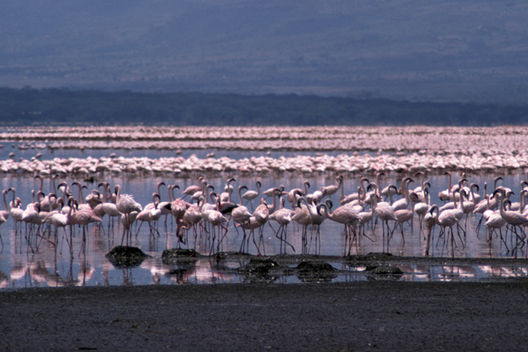
Lake Bogoria is located in the Great Rift Valley, a massive rift between two continental plates. Its geographical location makes it one of the most unique lakes on earth. It’s a saline and alkaline lake with many things to experience. They include seeing Flamingos, Zebra, Gazelles, lions, and hyenas.
Lake Rukwa, Tanzania
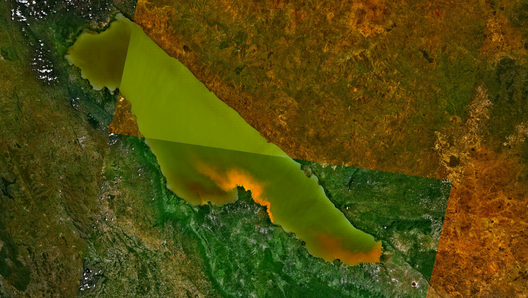
Lake Rukwa is a lake in southern Tanzania located in the Rukwa Valley. It is the fifth largest lake in Tanzania and is located about 100 km (62 mi) north of Mbeya.
Lake Rukwa covers an area of 7,800 square kilometers (3,000 sq mi), making it one of Africa’s largest lakes. Its shoreline has an estimated length of 1,400 km (870 mi). The maximum depth recorded here was 63 m (207 ft) but the average depth is 25 m (82 ft).
It has no outlet channel, though six small rivers flow into its northern end, including the Aba River, which flows along its eastern border with Zambia for about 150 km before discharging into Lake Tanganyika at Mpulungu. The lake’s surface water temperature varies from 26°C to 30°C during summer while winters bring a drop to around 15°C-20°C.
Read Also: These Are the 11 Best Travel Apps for Black Travelers
Nearly 80% of consumers turn to directories with reviews to find a local business. List your business for free in our exclusive Spotcovery Black-Owned Business Directory.
Become an insider. Subscribe to our newsletter for more top trending stories like this!
